Food waste is rubbish!
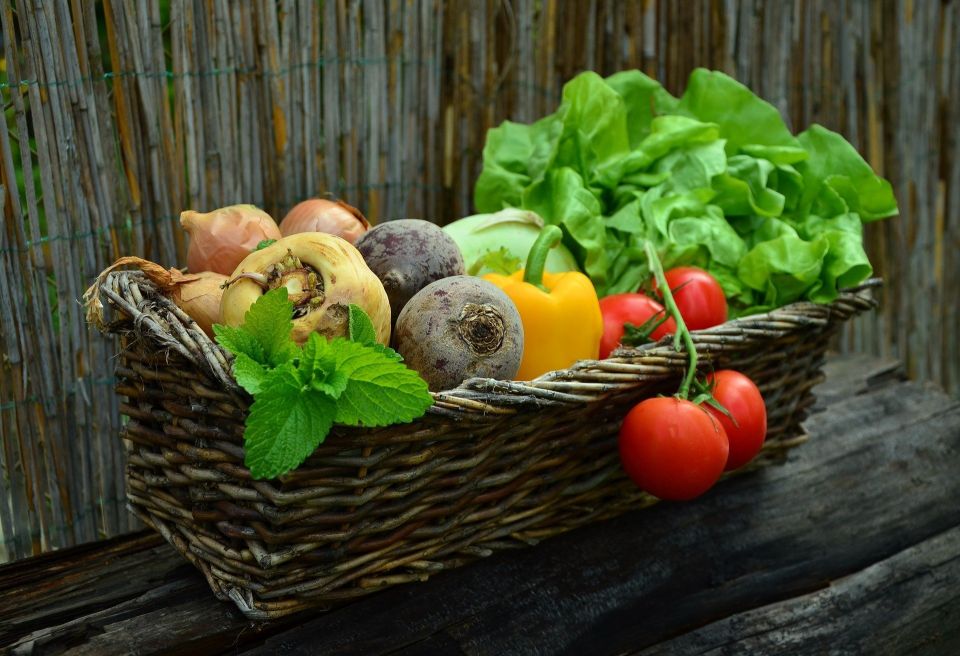
How to make the most of your vegetables - one stem at a time!
Some positive news! This January WRAP published a report which stated that households and businesses are now tackling the problem of food waste at an accelerated rate, with total food waste levels falling by 480,000 tonnes between 2015-2018. This is a 7% reduction per person.
Whilst this news is really encouraging, the report also highlights how much progress there is left to make. UK households still waste 4.5 million tonnes of edible food per year; for an average family with children this is £700 per year down the drain (or, more accurately, in the bin!).
Reducing the amount of food we waste is one of the most straightforward ways individuals can help protect the environment. So let’s keep up the good work and strive to waste no edible food at all.
The Edible Playgrounds team are huge fans of vegetables and they think that wasting them is rubbish. Without realising we often throw away edible parts of vegetables simply because that is what we are used to. Here are their top tips for changing that!
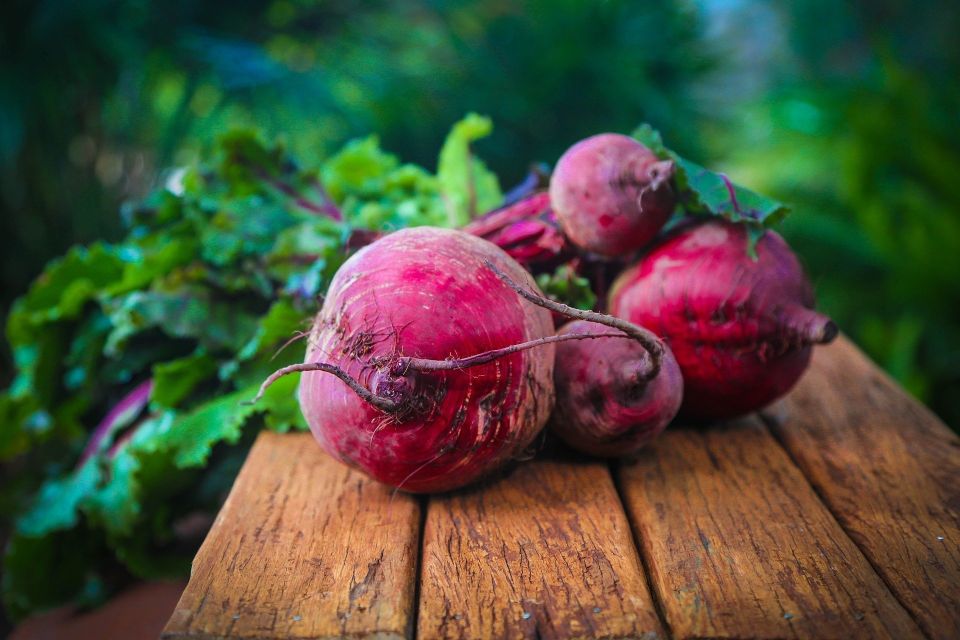
Beetroot
The part we usually eat - the root
The part we usually waste - the leaves
Beetroot leaves can be prepared in the same way as chard. Why not try adding them to a stir fry? Finely chop the stalks and add early on as they take longer to cook then the leaves, which will just need wilting towards the end.
Tip: keep all parts of the beetroot fresher by removing the stalks and leaves from the root and store separately in the fridge.
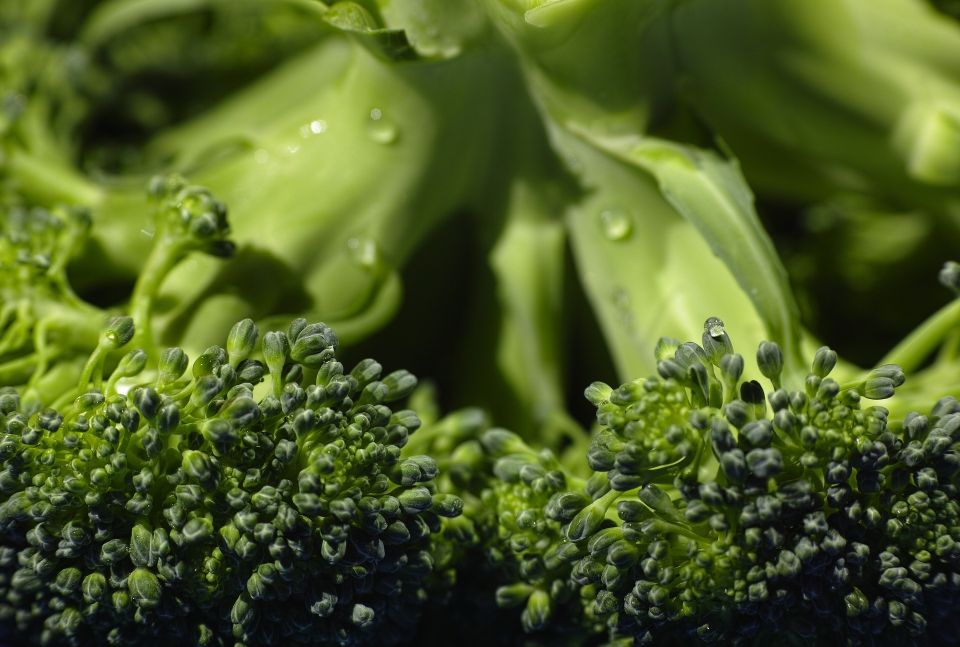
Broccoli
The part we usually eat - the flower buds
The part we usually waste - the stem
Why do we just eat the florets when the stem tastes so good too? Roast alongside other vegetables, add to a cauliflower and broccoli cheese or incorporate into a soup. You’ll soon start noticing how versatile the whole broccoli can be.
Carrots
The part we usually eat - the root
The part we usually waste - the leaves
Carrots are one of the few UK vegetables that are available all year round, so let’s make the most of them! Finely chop the carrot tops then add parmesan, olive oil, garlic, nuts and basil and you’ve got yourself a tasty pesto.
Tip: just like beetroot, chop the leaves off from the root and refrigerate.
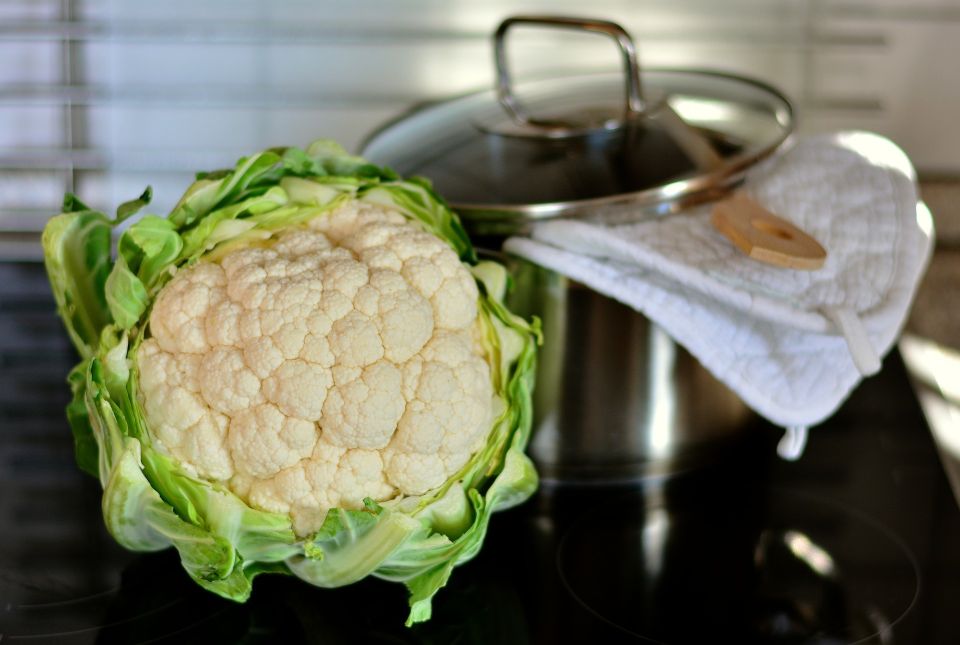
Cauliflower
The part we usually eat - the flower
The part we usually waste - the leaves
Cauliflower leaves taste similar to, and can be cooked in the same way as, other leafy greens. The stems are quite fibrous so cut them into smaller pieces but there’s no need to chop the leafy part too much. Absolutely delicious seasoned and roasted in olive oil and served as a side dish or alongside the rest of the cauliflower as the main event!
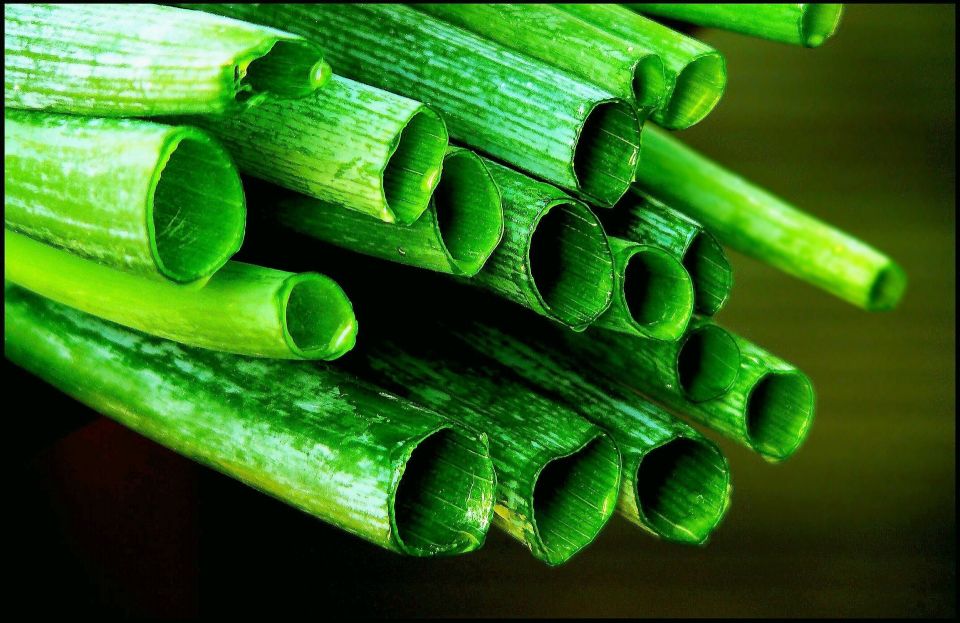
Leeks
The part we usually eat - the stem
The part we usually waste - the leaves
Nearly all recipes involving leeks will ask you only use the white and pale green stem and ‘discard’ the leafier parts. Sadly, this usually means that you end up throwing away half of the vegetable. Next time you’re making a classic leek and potato soup use the whole of the leek and admire the darker, greenier colour you’ll get.
Tip: finely slice your leek and wash thoroughly to ensure you wash away all of the soil from between the layers.
We hope this has helped give you some advice for reducing your vegetable food waste. Why not tweet us your thoughts and tell us some tips of your own! Find us at @treesforcities.
Donate to Trees for Cities and together we can help cities grow into greener, cleaner and healthier places for people to live and work worldwide.
Donate